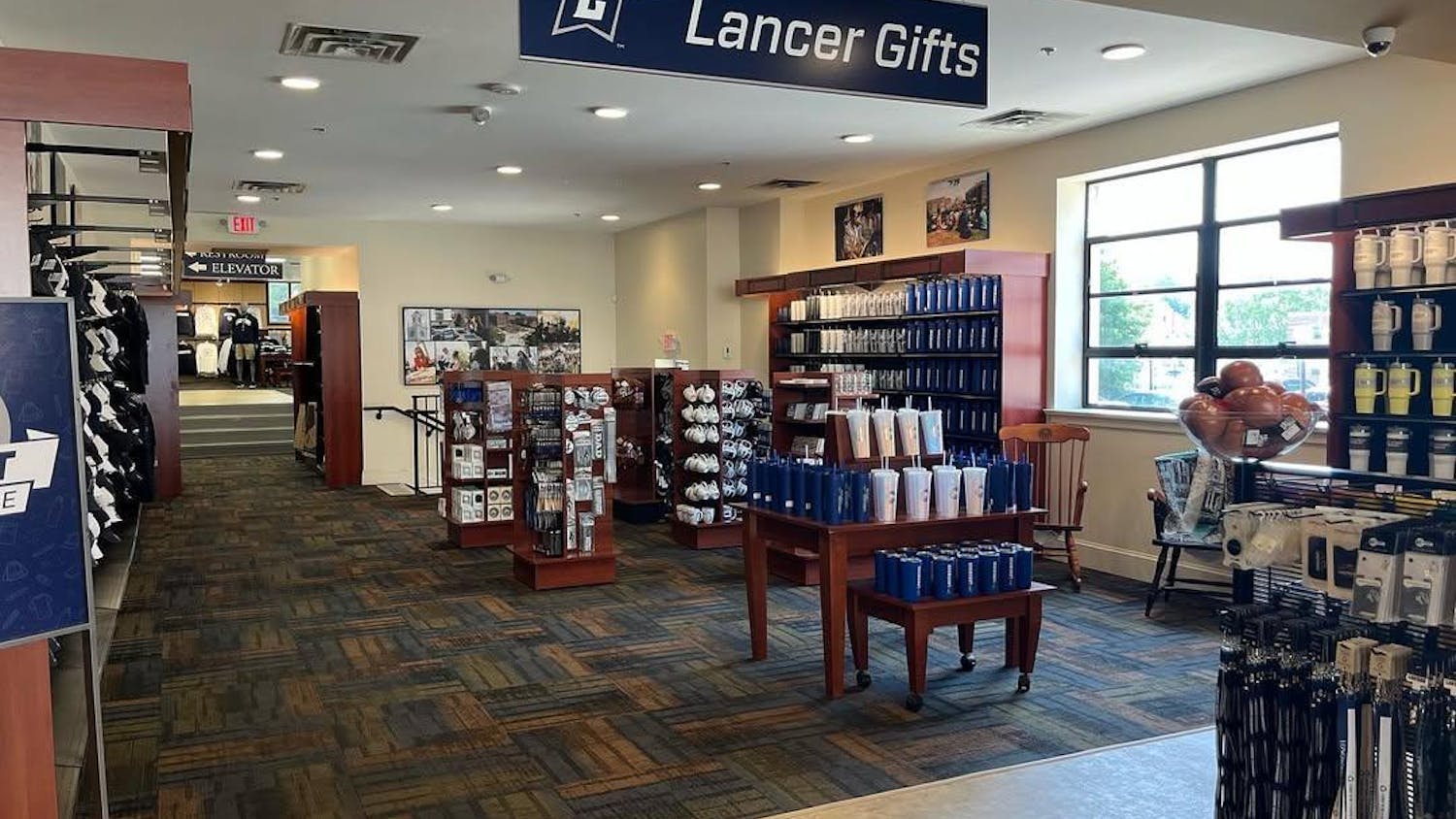On Sept. 27, Longwood hosted another seminar in Ruffner Hall as part of a series based on mathematics and computer science. Guest speaker Dr. Adam Childers, assistant professor of math and statistics at Roanoke College, gave a presentation titled "Money, Mathematics and Medicine" where he discussed the use of statistics and probability to address certain problems pertaining to money, crime and the medical field.
Standing in front of a classroom filled with attentive listeners, Childers began with explaining Benford's Law, which basically states the occurrence percentage of a leading digit (one to nine) relative to a list of data. Childers then showed how to apply this law to the process of noticing fraudulent data in forensic counting. According to Benford's Law, the number one is the leading digit about 30 percent of the time in any set of data.
The occurrence percentage then begins to decrease as one progresses through the leading digits up to nine. Childers explained that if there are higher leading digits occurring more than lesser leading digits, then it is possible that the set of data could be incorrect. "It is very unlikely that you would see more numbers with a leading digit of five than with a leading digit of one," said Childers.
Game shows also tend to incorporate some statistical methods and probability within themselves. Childers provided a perfect example of this with "Press Your Luck," an early 1980s game show based on randomization and chance. It operated on a system of 18 different boards with five different light sequences.
One of the contestants, the famous Michael Larson, appeared on the show in May 1984. By studying tapes of the show for several weeks beforehand, he was able to memorize the game boards and light sequences to a point where he knew exactly when to hit the button and make it stop where he wanted it. This lead Larson to win over $100,000, which was something never done before on the show. Larson, who had barely a dime to his name, had beaten the system of probability and statistics.
In regards to the field of medicine, Childers is currently researching how to implicate math and statistics to further cancer studies. The goal is to maximize the damage done to cancerous cells while simultaneously minimizing the adverse effects of cancer treatment. He wants to figure out a way to find certain trends in the reliability of cancer treatment by inserting data into a mathematical model.
"By combining math with traditional technology, I can describe the quality of a model with only a small set of data," said Childers. He hopes to be able to incorporate more data in order to gather more information. If possible, this could be extremely vital in the development of treating cancer patients.
This seminar showed ways in which math, probability and statistics can be useful in various scenarios of life. Some may be trivial, others may be more important. However, there is no denying that it is present.











